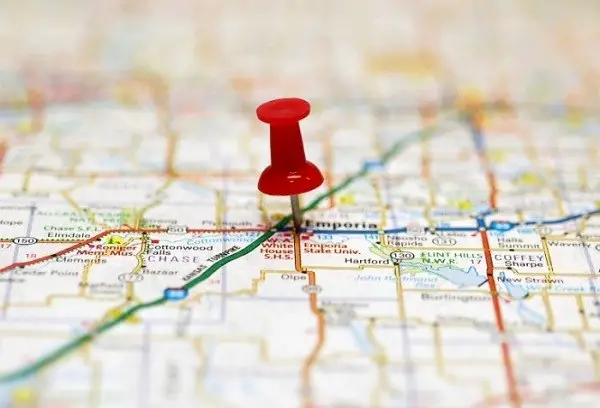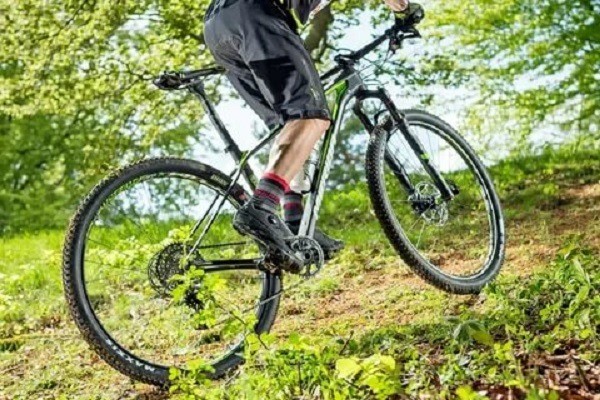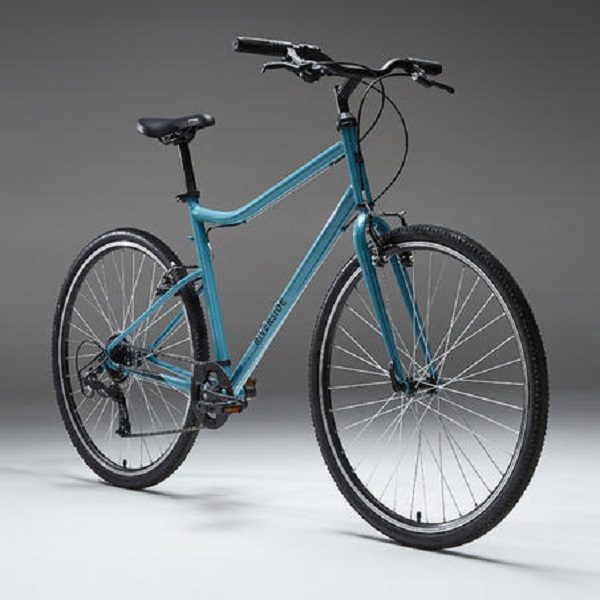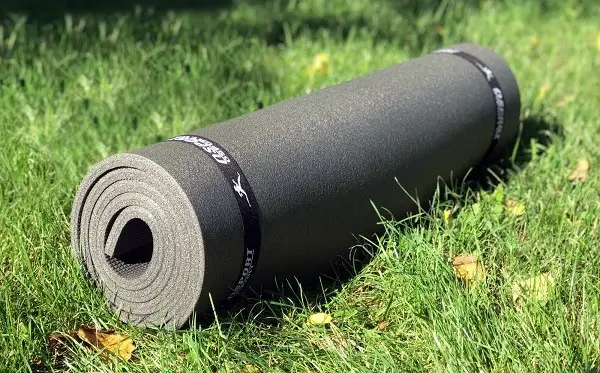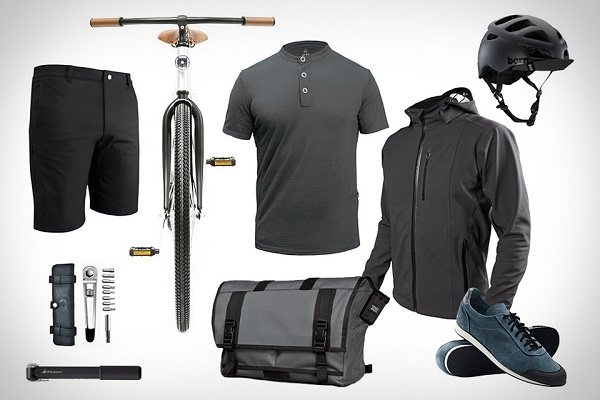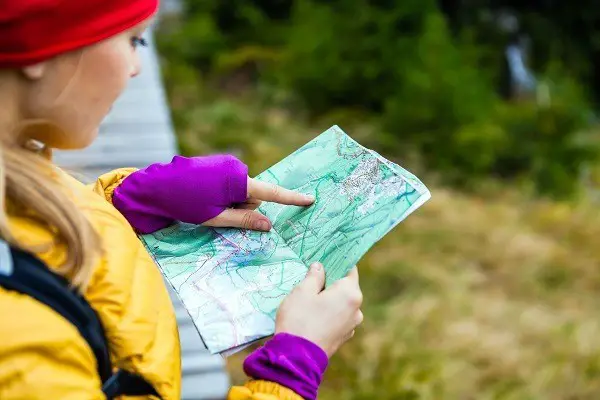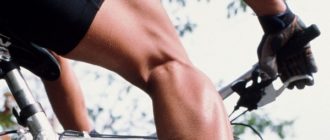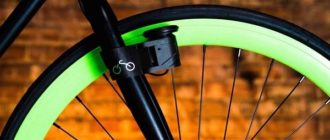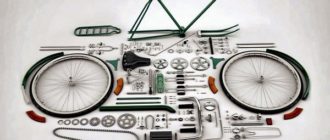If you think that traveling is all about getting on a plane or train, going to a city, taking pictures of the sights, and coming back, we can assure you that everything is much more exciting. Tourism involves different ways of entertaining the pastime. For example, hiking on foot on a pre-laid trail, rafting in a river by kayak or travel by bicycle.
Bicycle travel is becoming more and more popular with today’s adventurers. Reasons to get ready for a trip on an iron horse a lot. Someone wants to test themselves and test their endurance. Someone interested in exploring the area. Others seek to diversify hiking, increase distance and speed.
Travelling on a bicycle is good freedom of choice. The route, if desired, changes on the fly. In a pinch you can take public transport.
Traveling by bicycle is the best choice for a vacation. It is a good combination of recreation and sports. In addition, such a trip does not harm the environment.
Let’s figure out how to organize a cycling trip on your own, how to plan a route and what to take with you?
Determining your destination
If you organize a cycling trip yourself, you start with planning the route. There are three options:
- Use a ready-made route.
- Choose some direction and decide what you want to see on the way.
- Combine the two: take a ready-made itinerary and supplement it.
After defining a route and marking it on Google Maps, measure the length with a ruler. Add 20% to the resulting length, as Google Maps does not take into account the peculiarities of the terrain.
Split a route into days. It is recommended for beginner cyclists to budget no more than 60 km per day, and even less for the first and last day.
Take your planning seriously, because the first route affects whether you like cycling or not.
Do not strive to ride as many kilometers as possible, try to enjoy the adventure. Increase the distance gradually – despite the distance, pedaling will become easier and easier each day.
When planning your route, use the distance you are able to cover in a day as a guide. To gauge your ability, spend a day on your bike. Ride out of town at a comfortable pace. Evaluate the level of fatigue during the ride and the next day. After such a workout, you can objectively assess your strength and plan daily distances for future travel.
Types of bicycle travel
Trips over long distances are divided into these types:
- autonomous;
- semi-autonomous;
- non-autonomous.
Autonomous
Autonomous bicycle travel involves detachment from civilization and infrastructure. These are cycling trips for experienced cyclists who know how to find water, organize a place to stay overnight and quickly deal with any malfunctions. For autonomy, it is important to have a variety of equipment and be able to properly place it on the bike. Such hikes are long – from 500 km. For example, the Silk Road, the trade route of our ancestors to China, is popular.
Semi-autonomous
Travelers spend the night in tents, every day they travel many kilometers, but on the way there are villages and towns, where they dopupayut something necessary. On such a trip you will need less equipment. The trip is not very expensive, because they cook food on their own, and spend the night in tents. The length of the trip is not very long. For such journeys are suitable countries in Europe.
Non-autonomous
Non-autonomous traveling is the most comfortable and suitable for beginners. They imply movement in the daytime and overnight stays in cities. You do not need a lot of equipment for such a trip. It is important to take care that you can find a place to sleep overnight, and take enough money with you. To save money, look for overnight accommodations at couchsurfing.com or warmshowers.org. Locals there post ads offering overnight accommodations for free. Europe is a good destination, since the infrastructure there is at an adequate level.
Choice of Bike
The impression of a bicycle tour can be spoiled by a bike breakage. Before you travel, go to a repair shop to have your bike serviced. Do this even if you think your bike is in good condition.
For long rides, you need a universal hybrid or cross bike. It successfully combines the qualities of a road bike and a mountain bike. Some bicycle travelers go on bike trips on a road bike and even on a city bike.
It is desirable that the device meets these requirements:
- A chromium-molybdenum or titanium frame. On the road you will have to spend a lot of time in the saddle, a long ride on these frames is not as tiring as on a rigid aluminum frame. And carbon frames are expensive, and it is not recommended to load them.
- The handlebars should allow a variety of hand positions. Low landing – not the best choice, will quickly get tired hands.
- For a long trip you need a luggage carrier. It is important that it can support the weight of the backpack. Trunk that is attached just under the saddle is a bad choice, there should be three points of support.
- A fork with a locking function. On pavement, this will add speed, and when climbing an elevation you don’t have to expend your strength to sway. Spring-elastomer forks are virtually maintenance-free, so they are suitable for hiking.
- Wheels should be sturdy. Do not put racing tires, they are easily damaged. Optimal level hubs are Shimano Deore LX to Deore XT. Rims choose a stronger than average level. In addition, the key to reliability – quality spokes. They will provide the necessary strength and stiffness wheel.
- Disc brakes have advantages in terms of efficiency. But the big disadvantage is that with them you will not be able to install a trunk. Repairability of disc brakes with a hydraulic drive is lower than with a mechanical one. Rim brakes are better not to use when traveling on muddy terrain, dirt will be hammered into the design and block the wheel.
- Transmission equipment choose not the entry level. But a high level is also unlikely to be needed. The optimal level of drive – Shimano Alivio Deore LX.
- It is better to have contact pedals. On long rides, they not only reduce the probability of feet slipping, but also increase the efficiency of pedaling. It will be important to buy universal cycling shoes. As a last resort, buy pedals with tuklips, although they are not as comfortable, but fit any shoe.
Examples of suitable bikes:
- Triban 100 or 500.
- Riverside 120.
- Rockrider Sport Trail – models ST 520, ST 540, ST 560, ST 540 and ST 560.
When buying a new bike is not an option, upgrade your existing bike. For example, if the trip is planned on good roads, and you have a mountain model, then change the tires from dirt to narrower. If the trip will be over mountainous terrain, and the bike has a small gear range, then change the cassette to one with a larger range of star sizes. This way you will significantly reduce your power consumption on climbs. Replacing the brake pads and adjusting the derailleur is a matter of five minutes, but the effect is noticeable immediately. These upgrades do not need a large monetary investment, but will make the trip easier and more enjoyable.
What you need to take with you on your bike trip
If you go on a bicycle trip for the first time, you will be surprised by the number of things: goggles, reflectors, bags, flashlights, flasks, but let’s talk about everything in order.
On your trip, you will need:
- Documents and money.
- Phone, charger, and Power Bank.
- Sunglasses and cream.
- A set of dishes (cup, plate) and utensils (spoon, fork).
- Hygiene products in the smallest containers.
- First aid kit.
- Insect repellents.
- Garbage bags.
- Water flask.
Bicycle kit:
- Camera repair kit and spare tubes.
- Hexes.
- Cable with lock.
- Pump.
- Replacement tires.
- Bicycle lights and reflectors.
- Multi-tools.
- Fitting blades.
- Chain lubricant, chain lubricant tools and spare chain.
- Spoke wrench.
Outdoor gear
Among the camping equipment, it makes sense to take the following things:
- Tent.
- Sleeping bag.
- Rolling mattress.
- Inflatable pillow.
- A gas burner and lighter.
- Matches.
- Chainsaw and axe.
- Kettle and ladle.
- Scissors.
- Rope.
Clothing
Choose your clothing seriously. On the trip should be provided: ventilation, moisture removal, protection from the cold. The best choice is a cycling outfit. If you do not see the point in buying cycling equipment for infrequent trips, then take similar items for hiking.
- Raincoat.
- Windbreaker.
- Thermal underwear.
- Warm socks.
- Shoes with hard soles.
- Cycling gloves.
- Swimsuit.
- Helmet.
- Bicycle shorts with a special insert.
Nutrition
Nutrition can be compared to a gas station for a car. A lot of calories are burned during the ride and it is important to replenish in time.
For breakfast, eat slow carbohydrates, such as porridge. Add stew, cheese, nuts or honey to the porridge. After eating, give your body time to digest and hit the road in half an hour. Make breakfast your densest meal.
Every 10-15 km snack fast carbohydrates. Banana, dried fruit or an energy bar will do.
Do not overeat during lunch in order not to overload your stomach and not to suffer from sleepiness. Immediately after meals do not rush on the road, let the food assimilate.
For dinner, eat protein with carbohydrates, such as cottage cheese with fruit, meat with vegetables, porridge with canned fish.
The cyclist should drink water often and a little at a time. It is necessary to drink even when you do not feel like it. Take a couple of sips every 5 km.
Listen to your body, it will tell you what you need.
Safety precautions
Cycling is not only very interesting, but also traumatic. To all be well, follow these rules:
- Check the technical condition of the bike before the ride.
- Choose the right clothes for cycling. First, it should be bright and with reflective inserts, and secondly, it should fit your body well so as not to get anywhere and not get caught.
- Be sure to use a helmet.
- Your bike should have a light on it so that you can see well at night.
- Don’t forget to take a first aid kit from home.
Popular bicycle tourists in Russia and their recommendations
Cyclists and bicycle mechanics with a long experience advise beginner cyclists:
- The hardest thing to do is to take the first step. Put aside your doubts and don’t put off your cycling trip until later. Don’t look for reasons why you shouldn’t go; instead, write a list of reasons why you should go.
- Before a long trip, go somewhere nearby for a couple of days. This will help you figure out what things you need, what things you can leave out, and what you haven’t paid enough attention to.
- Don’t tell everyone about your upcoming bike trip. Many people will talk you out of it.
- Protect your money and documents from water. If there is no special sealed bag, take a few bags.
- Before bicycle touring, show your bike to an experienced technician. Sometimes the seemingly serviceable equipment needs to replace some parts.
- Have a good map of the area with you.
- It is important to take the right repair kit.
- Wisely plan overnight stays: away from roads and settlements.
Conclusion
Biking is an exciting way to explore the world and yourself. The pros of such travels are many:
- Inexpensive. It’s a budget-friendly way to get from one place to another.
- Safe. The risk of getting into an accident on an auto is much higher than on a bike.
- Healthy. Cycling is a way to lose weight, strengthen muscles and increase endurance.
- Adventure. When traveling by bicycle, it is not clear where you will get to, where you will spend the night, etc.
Do not be afraid of cycling and have fun during the ride!

